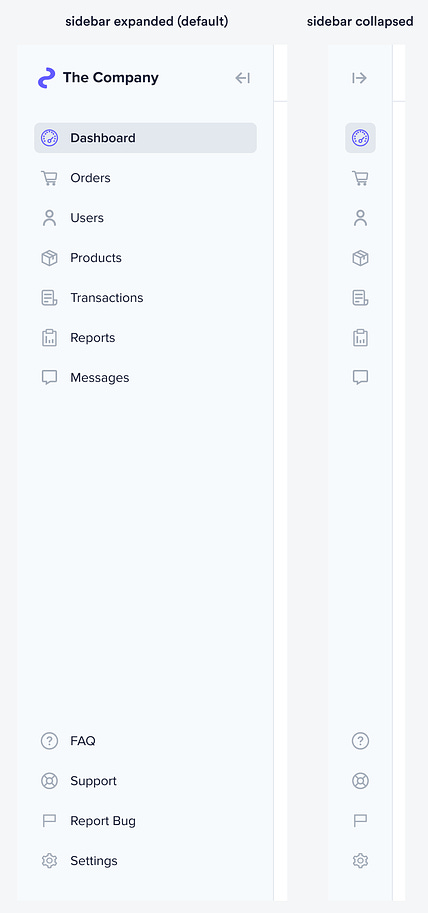Screen space on a desktop interface is more important than you think. Most designers take it for granted because a desktop screen contains so much space. However, when it comes to data display, every pixel counts. A sidebar can occupy a lot of width space and diminish the content area. As a result, users will view less data per visual fixation, which can lead to a compact and crowded viewing experience. If you have a data-dense interface, this is far from ideal. Designing a collapsible sidebar can provide users with a better data viewing experience. With just a click, the user can push the navigation out of the way and free up more width space for content. As a result, users can consume more information with less scanning and eye movement. Not only that, but they'll get a richer widescreen view of images and videos. But to pull this off, you must design your sidebar correctly... Subscribe to UX Movement Newsletter to read the rest.Become a paying subscriber of UX Movement Newsletter to get access to this post and other subscriber-only content. A subscription gets you:
|
Search thousands of free JavaScript snippets that you can quickly copy and paste into your web pages. Get free JavaScript tutorials, references, code, menus, calendars, popup windows, games, and much more.
How to Design a Sidebar That Saves Screen Space
Subscribe to:
Post Comments (Atom)
The Weekender: Moon metaphors, procrastinating monks, and a visit to a cheese factory
What we’re reading, watching, and listening to this week ͏ ͏ ͏ ͏ ͏ ͏ ͏ ͏ ͏ ͏ ͏ ͏ ...
-
code.gs // 1. Enter sheet name where data is to be written below var SHEET_NAME = "Sheet1" ; // 2. Run > setup // // 3....

No comments:
Post a Comment